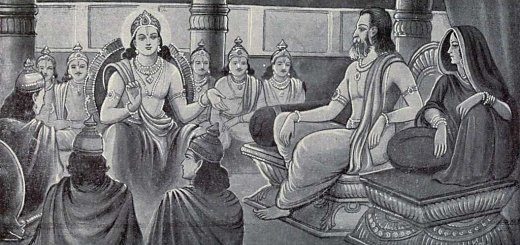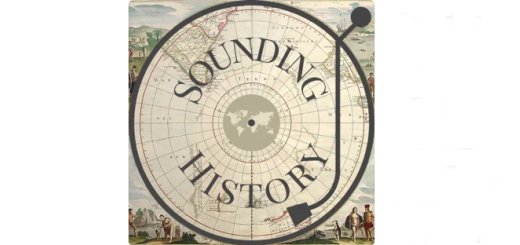How musicians were the first heroes?

Music writer Ted Gioia shares a news section from his new book 'Music to Raise the Dead' about musicians being the first heroes, and songs as their superpower. He based his theory on ancient texts from Mahābhārata, the Bible, and others. How did it come to this? "Songs tap into a power that transcends representation... For many individuals, music is their only pathway into ecstatic mindstates. And even for the adept who has mastered the journey, the song is often the most important thing brought back from the trip—or, in many cases, music served as the engine that propelled it forward in the first place."







